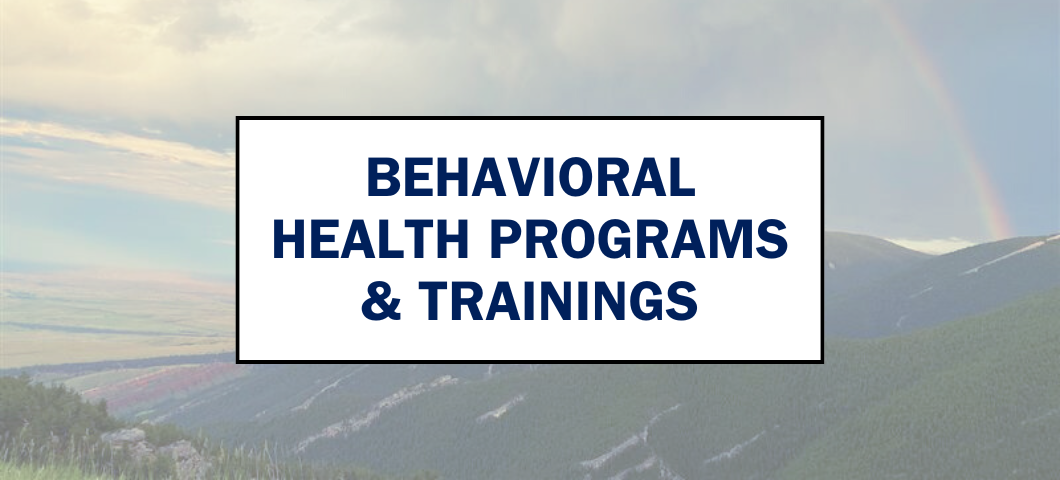Behavioral Health Programs & Trainings
The Montana Office of Rural Health & AHEC aims to support an effective and sustainable behavioral health workforce that strengthens the delivery of care and improves access to services throughout Montana. Innovative workforce education and training approaches have been developed to support employer business operations in behavioral health and equip the workforce with skills to meet the unique needs of their communities. We offer a number of trainings in various topics that can be taken as stand-alone or part of tiered training programs.
Questions?
Beth Ann Carter
Assistant Director/Behavioral Health Workforce
406.925.1261
beth.carter@montana.edu
The MORH/AHEC Behavioral Health programs are supported by grants from the Health Resources and Services Administration (HRSA) of the U.S. Department of Health and Human Services (HHS). The contents are those of the author(s) and do not necessarily represent the official view of, nor an endorsement, by HRSA, HHS, or the U.S. Government.






